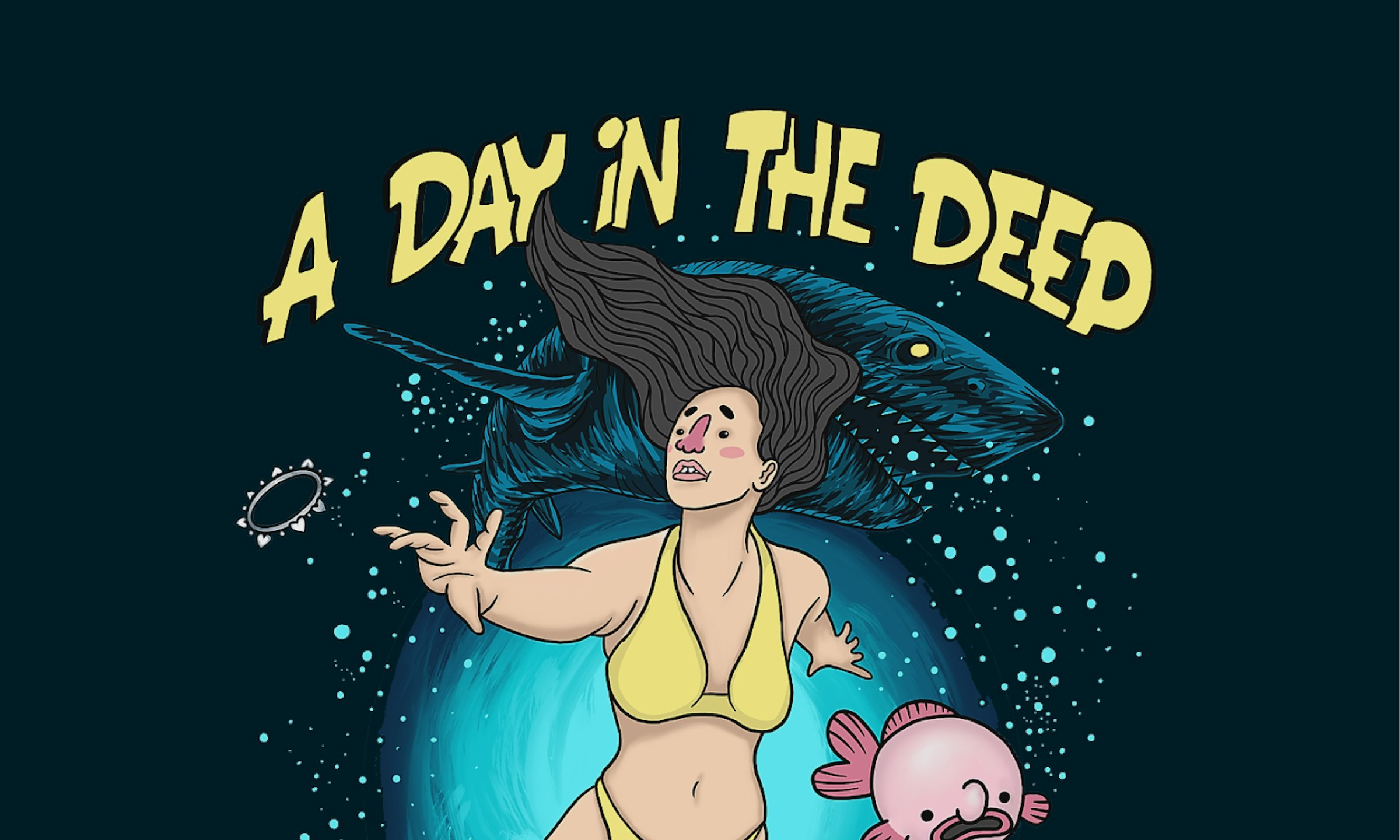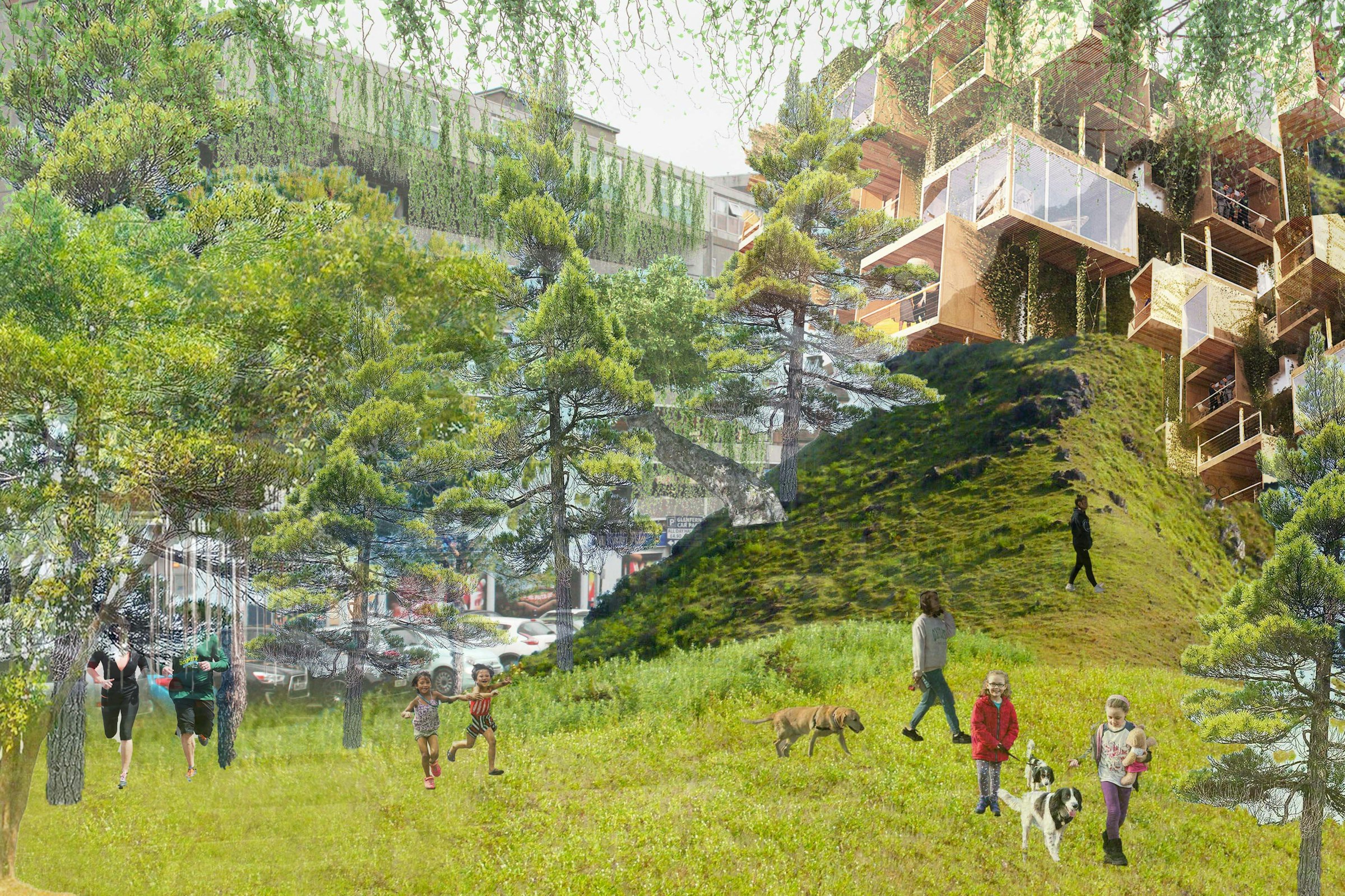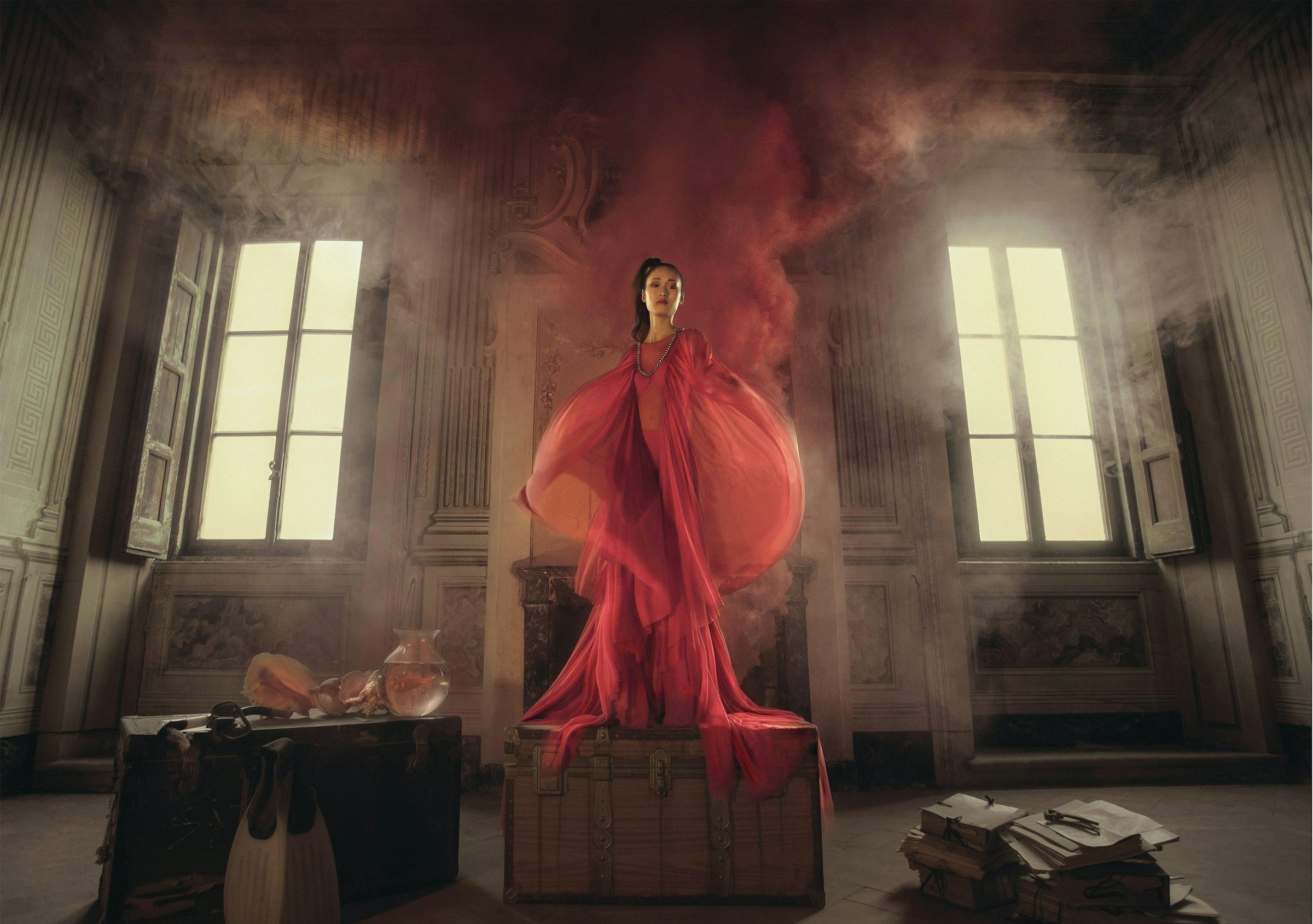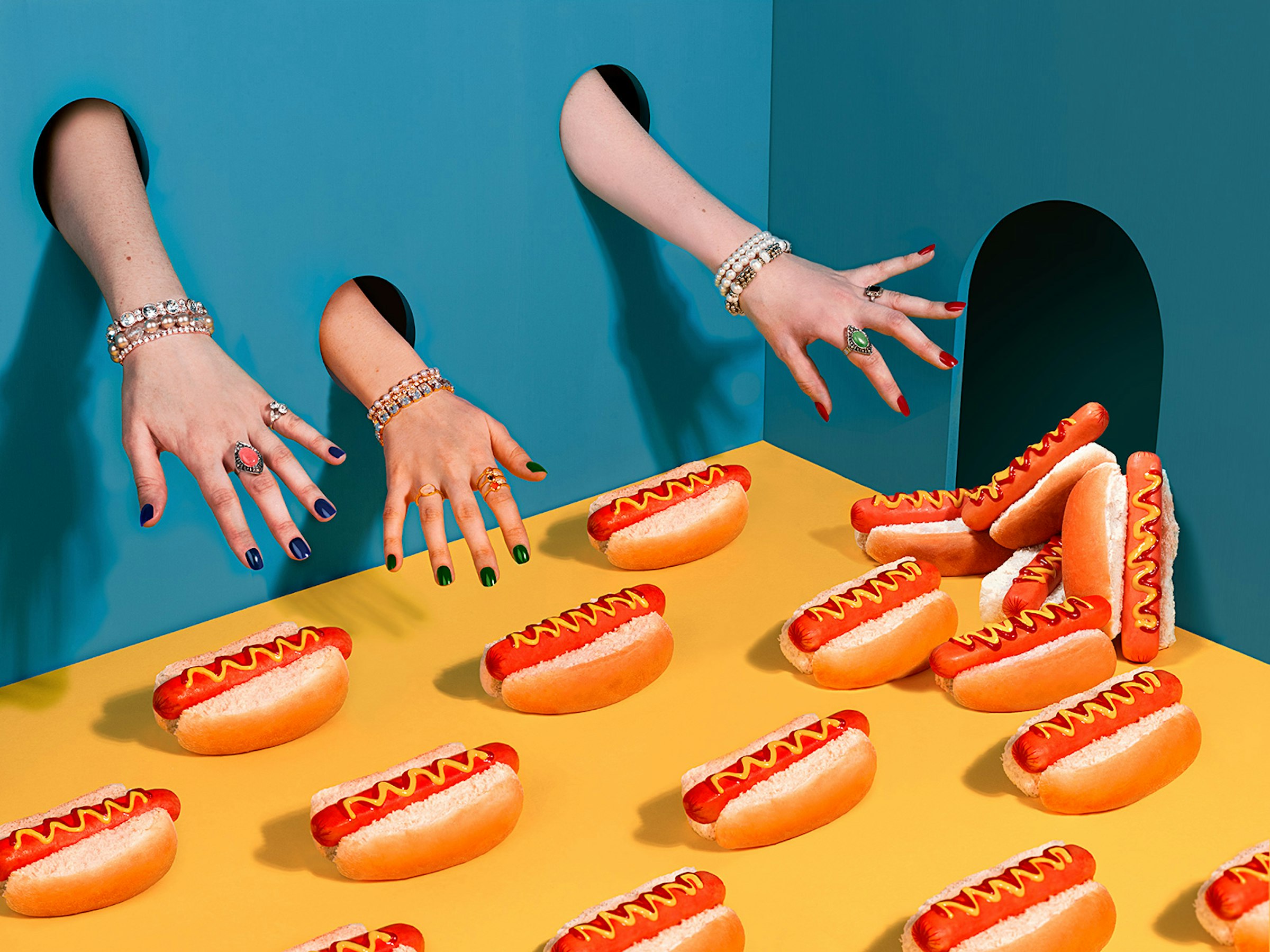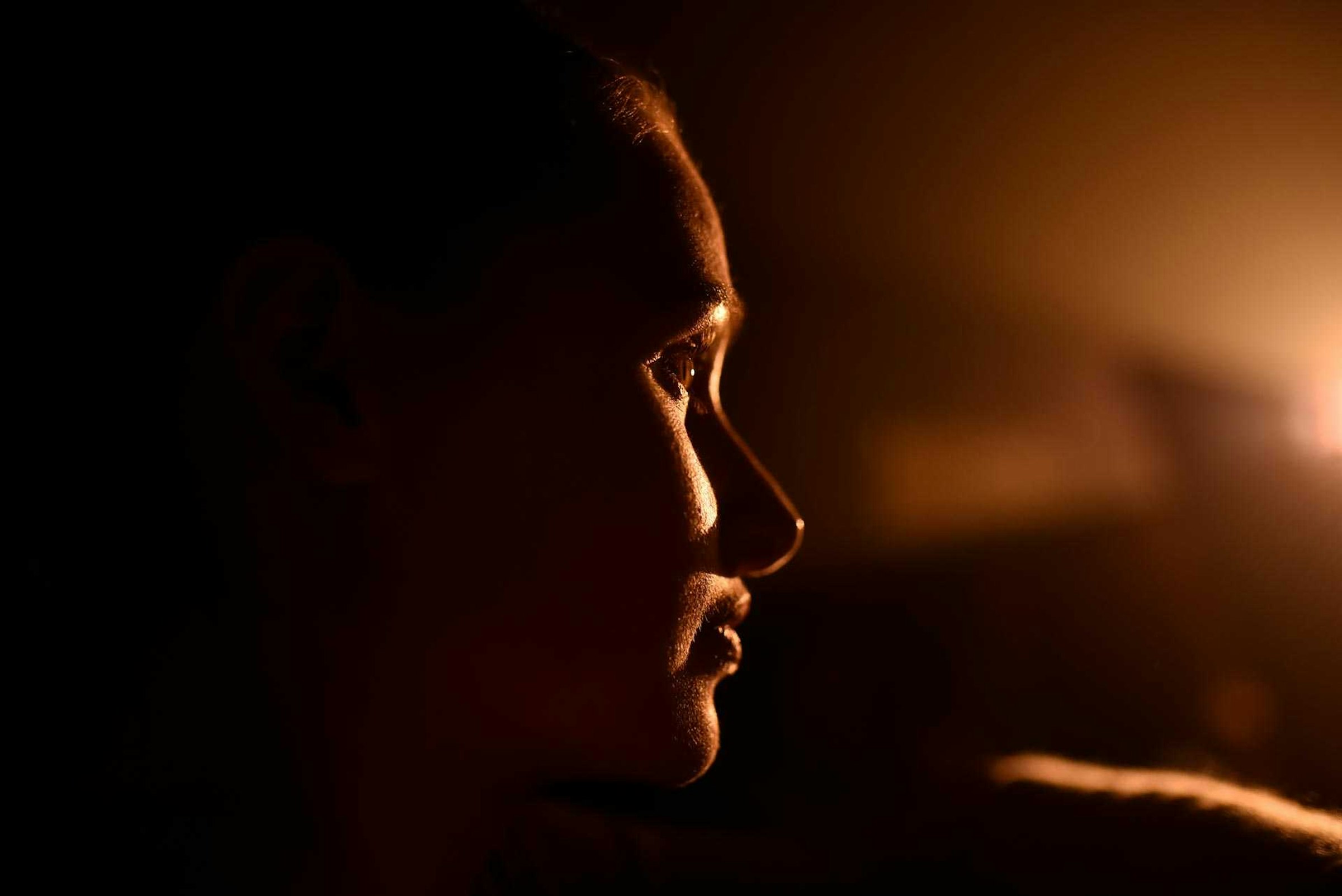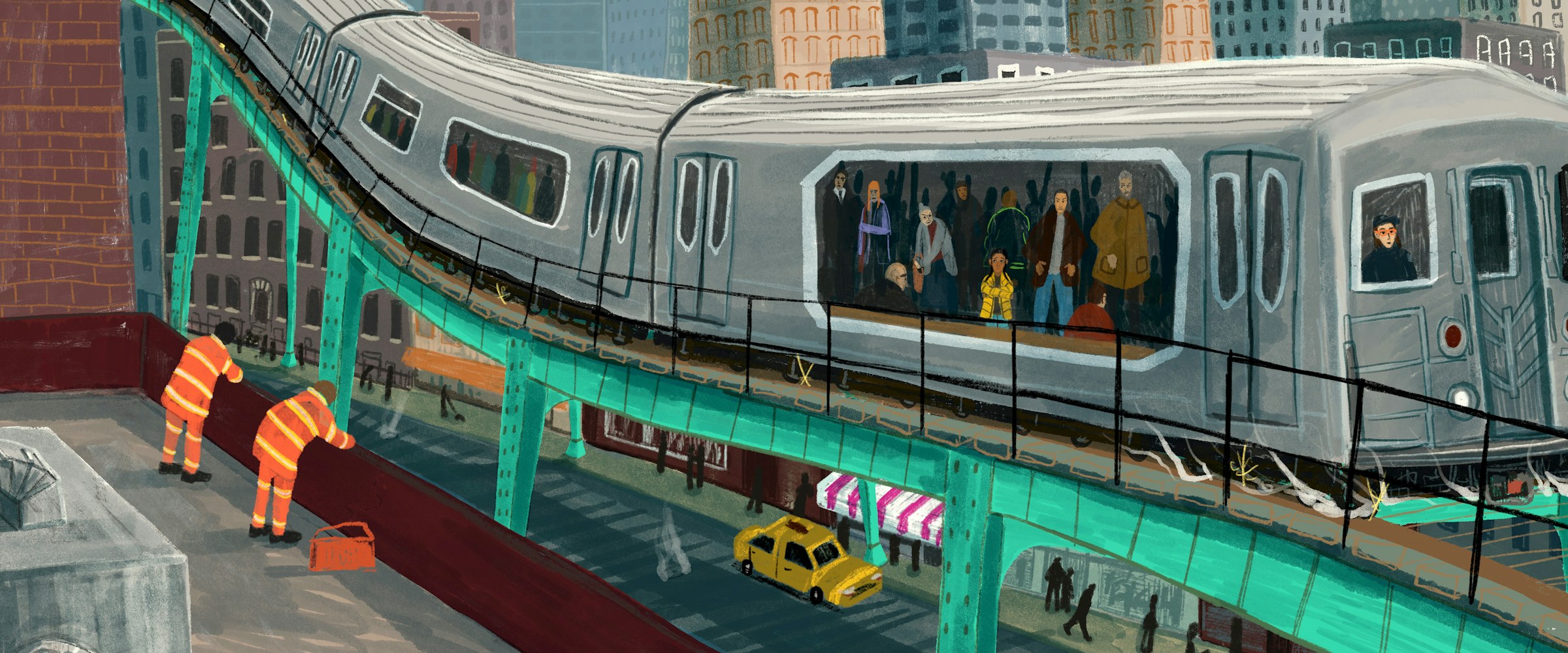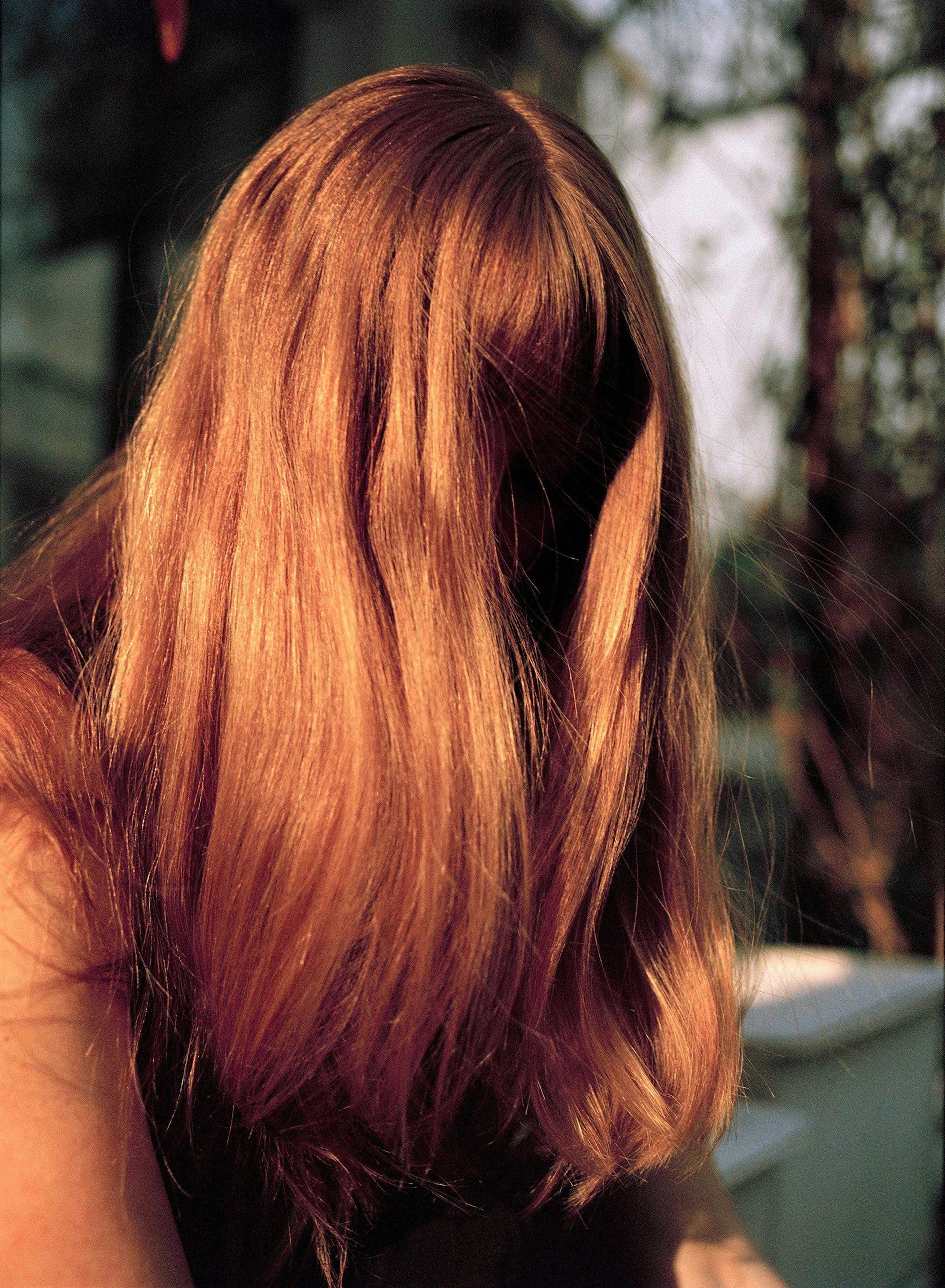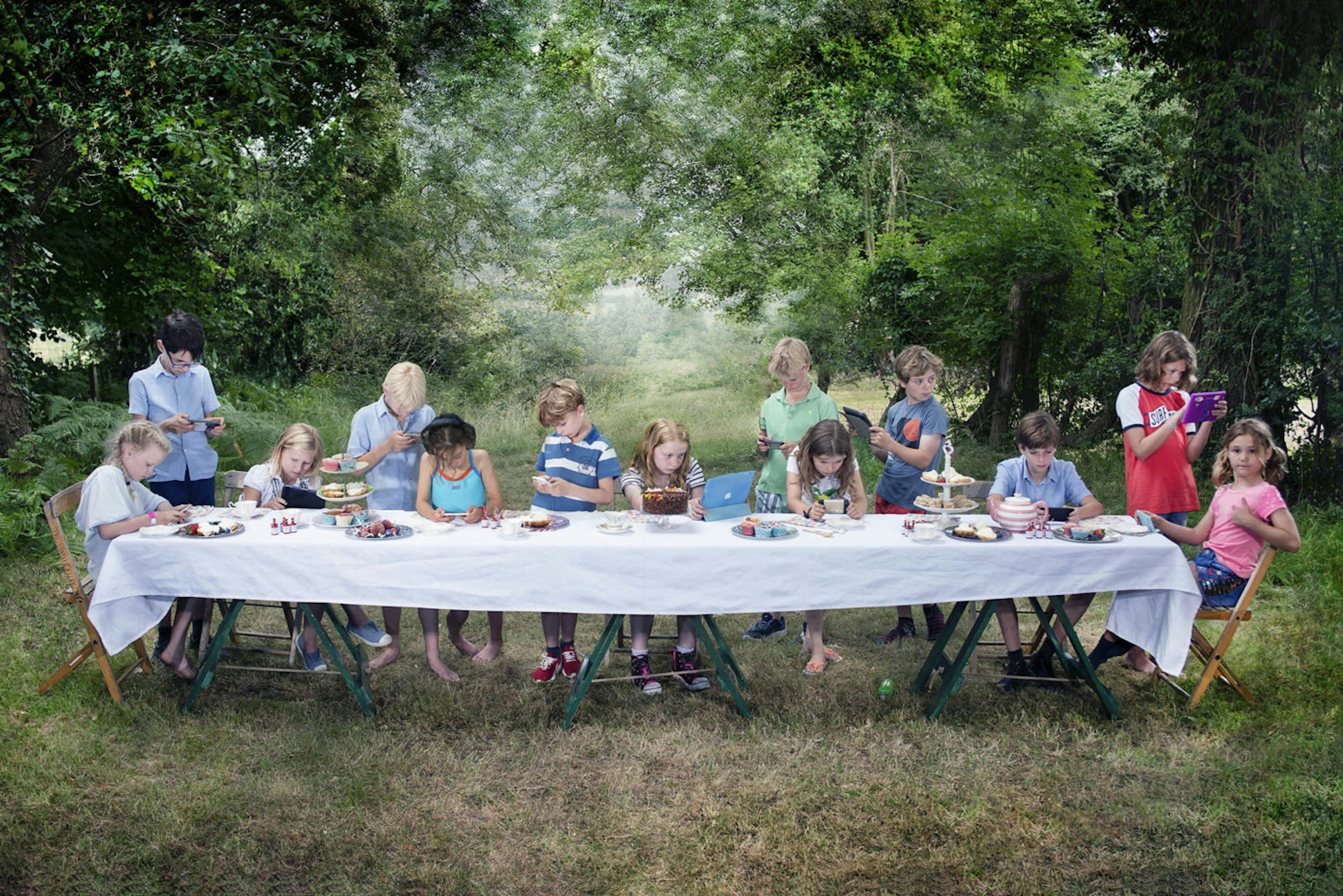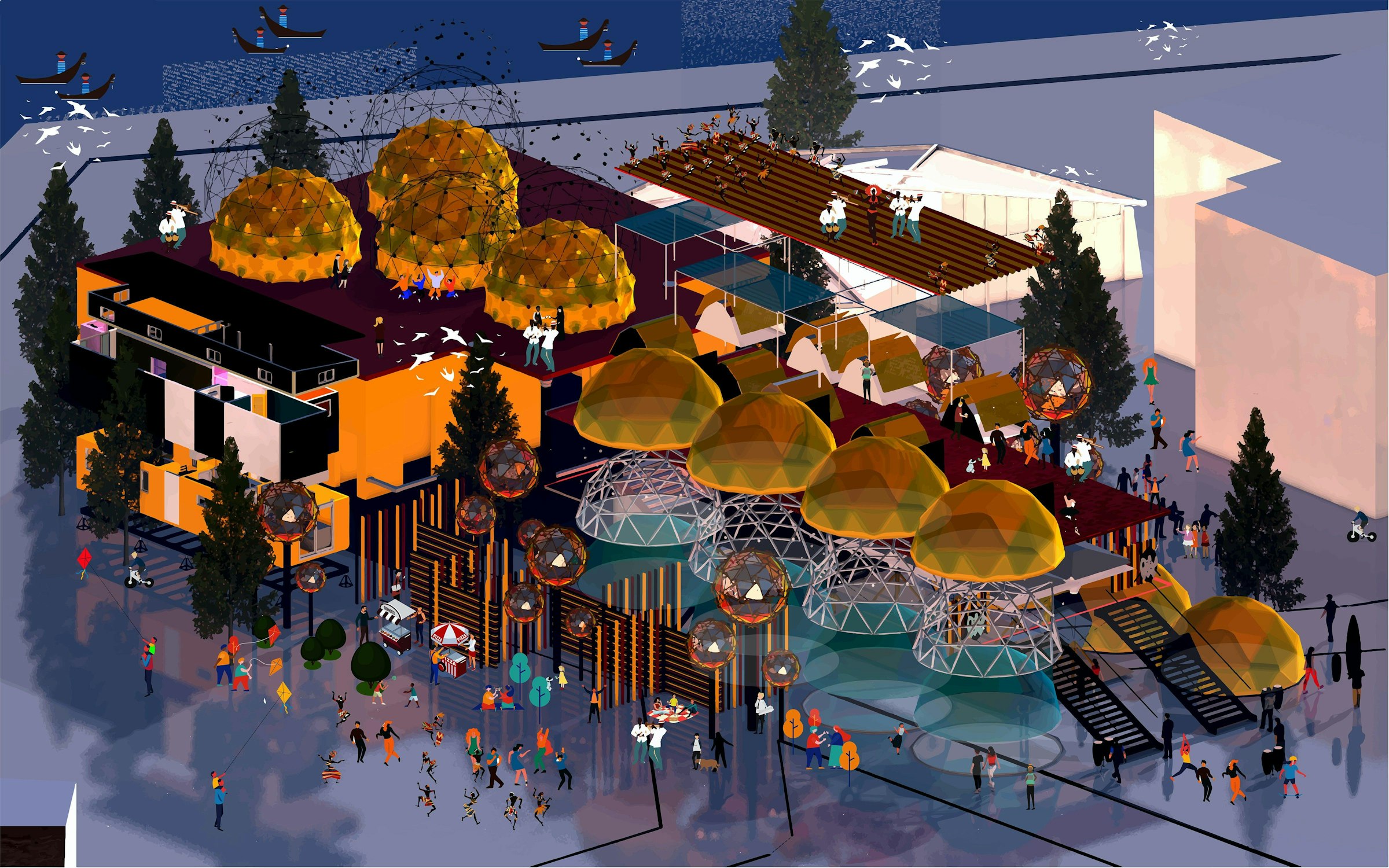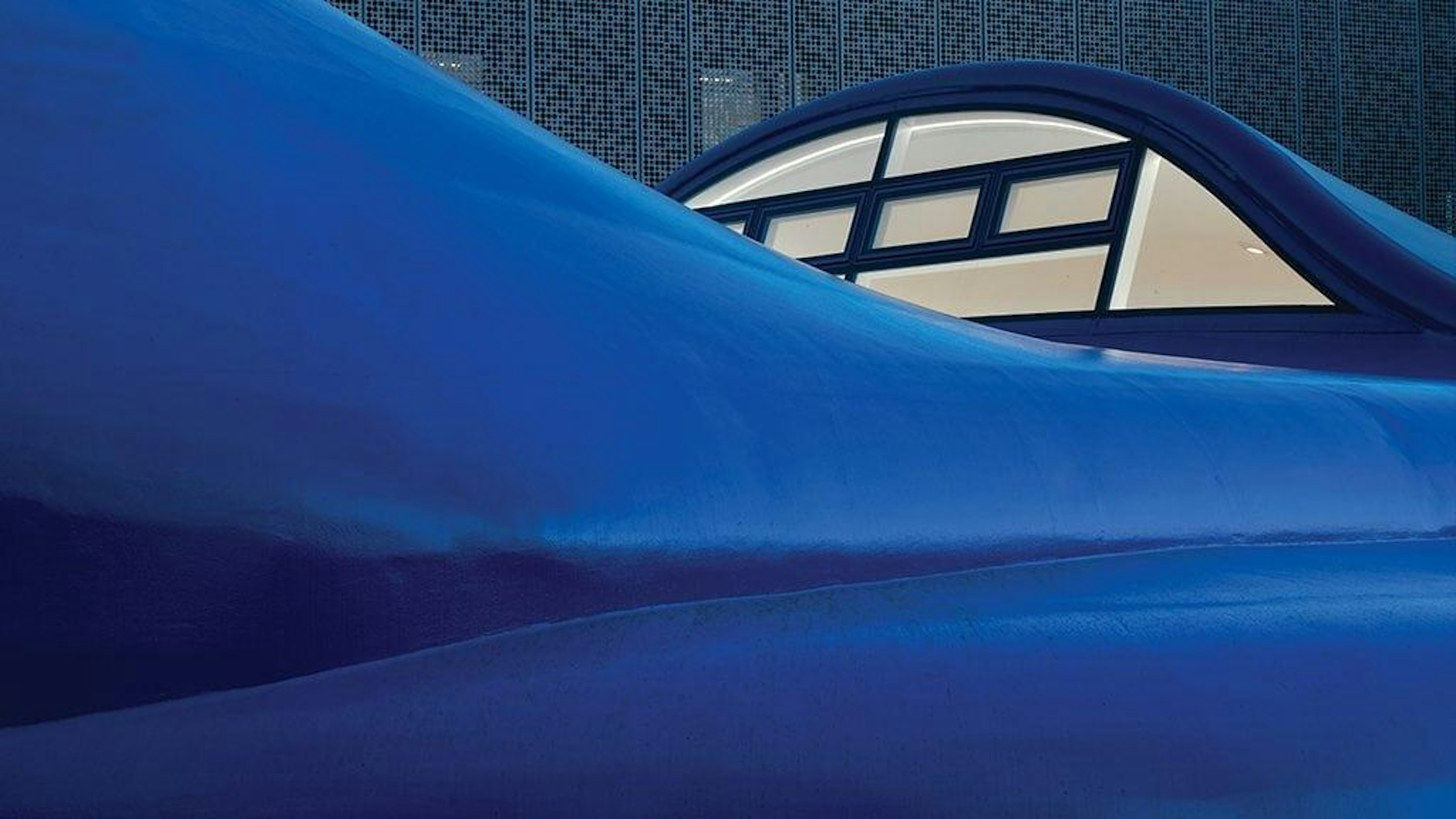
Four students from Arts University Bournemouth’s Performance Design course have been working with the National Trust to highlight the positive environmental impact of cattle returning to Studland’s sand dunes this summer.
The students, who’ve been working on the Dynamic Dunescapes project in collaboration with the National Trust, have been using their scenic art skills to illustrate four negative carbon visual information boards.
The students’ involvement in the project came via a National Trust pitch to the Environmental Arts Practice Collective, which is a group of arts practitioners, academics and environmentalists who come together to talk, collaborate and share thoughts about the natural environment.
With limited physical live projects due to the pandemic, the project was keenly adopted by AUB’s Performance Design course, which recognised the powerful message about drifting shorelines and the need to maintain the biodiversity on the sand dunes at Studland.
Students were given a broad brief to create eye-catching sculptures to attract visitors to the area and enable them to learn about the reintroductions of cows into the landscape, with a new Arty Cow Challenge being posed by National Trust to engage the public on the important role that the cows will play in the local environmental ecosystem.
Speaking about the project, third year Performance Design student Frankie Giggins said: “Working with the National Trust on the Dynamic Dunescapes project was an eye-opening experience. It allowed me to adapt my scenic artistry for public artwork and understand what it is like to be a public artist.
“The experience was really freeing, and everyone involved was considerate and enthusiastic. I never thought I'd paint a Cattle Board and that be my debut into the world of public art, but I wouldn't have it any other way now.
“The project was wacky, fun, engaging and having it be an impactful piece made it that much more humbling. Working with the National Trust gave me the opportunity to inspire others through my artwork and that counts for everything; I hope in the future my work continues to do the same.
Julia Galbenu, Engagement Officer (Dorset) for Dynamic Dunescapes at National Trust, said: “Before Easter, we installed ten arty cows around the dunes. We chose areas where the real cows will be grazing, but also a few hiding spots to make for a real challenge.
“Over Easter we then had a volunteer engagement table, where volunteers talked to members of the public about the cattle grazing and the arty cow challenge. The idea was to find all ten arty cows as quickly as possible.
“Visitors were given a map, which showed where the cows were and then had to go out and find them. If they climbed up somewhere high, they could see the bright colours from a few of the hidden arty cows. People absolutely loved it, and we engaged nearly 3,000 people with the project.”
Sam Edwards, Production Design Co-Ordinator at AUB said: “Working with the National Trust on their 'Dynamic Dunescapes' project, four of our talented Performance Design students were offered a fantastic opportunity to highlight the positive environmental impact that returning cattle will have on the Studland sand dunes when they arrive this June.
“For the past 100 years, the biodiversity in the sand dunes at Studland have been in decline. This has been a direct result from human and cattle activity being kept out of the area where much needed walking, trampling, and grazing of the land helps to maintain the natural balance of vegetation and wildlife.”
Sam added: “This has been an incredibly positive live project for our students to work on during times of isolation, while also helping to highlight an important local environmental issue.”
